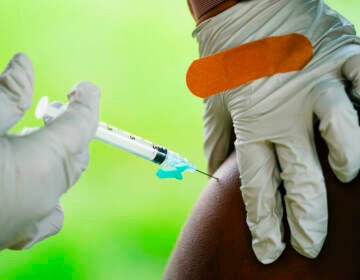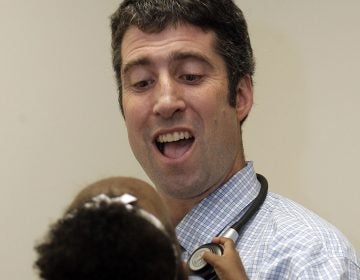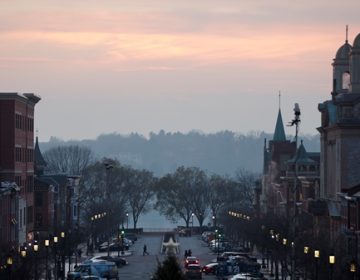Philly ‘health gap’ varies by neighborhood, Health Department finds
The study done by the Public Health Department, with help from Drexel researchers, shows dramatic, but unsurprising differences, within the city.
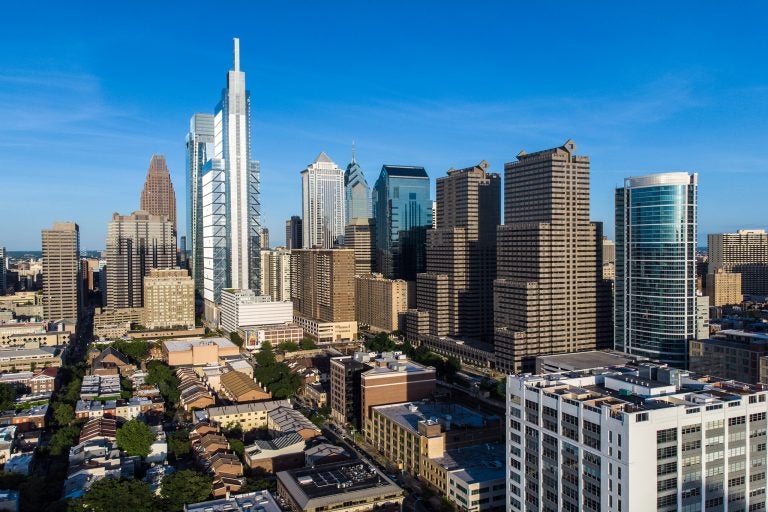
The Philadelphia skyline is pictured in a file photo. (Mark Henninger for Billy Penn)
New health research out of Philadelphia puts a fine point on a well-known fact: Not all of the city’s neighborhoods are created equal.
“Close to Home” documents a wide range of health outcomes and health factors in 46 neighborhoods, including life expectancy, child poverty, and violent crime.
The big takeaway: Residents in low-income zip codes aren’t as healthy as residents of wealthier ones. They don’t live as long and have higher rates of diabetes, cancer, and asthma.
“It’s pretty dramatic,” said Raynard Washington, chief epidemiologist with Philadelphia’s Department of Public Health, which authored the study with help from researchers at Drexel University.
And yet no one — not researchers or residents — was surprised by the report’s findings.
“Not at all. Not one bit,” Robert Brown said outside his auto-body shop in the Nicetown-Tioga section of North Philadelphia, where the life expectancy for men is 64 years, a full decade less than the city average.
His reason is simple, but dark.
“Some people, their mentality is just that they don’t expect to live past a certain age — that’s part of their lifestyle,” said Brown, referring to residents who lead lives of crime or simply live in neighborhoods with a high crime rate.
In Nicetown-Tioga, the crime rate is roughly 245 incidents per 10,000 residents, nearly triple the city average.
On Friday afternoon, Jay Moore was selling watermelons and cantaloupes from a pickup truck not far from Brown’s business on West Hunting Park Avenue. He said violent crime is a problem, but people also don’t have good access to healthy food — or can’t afford it.
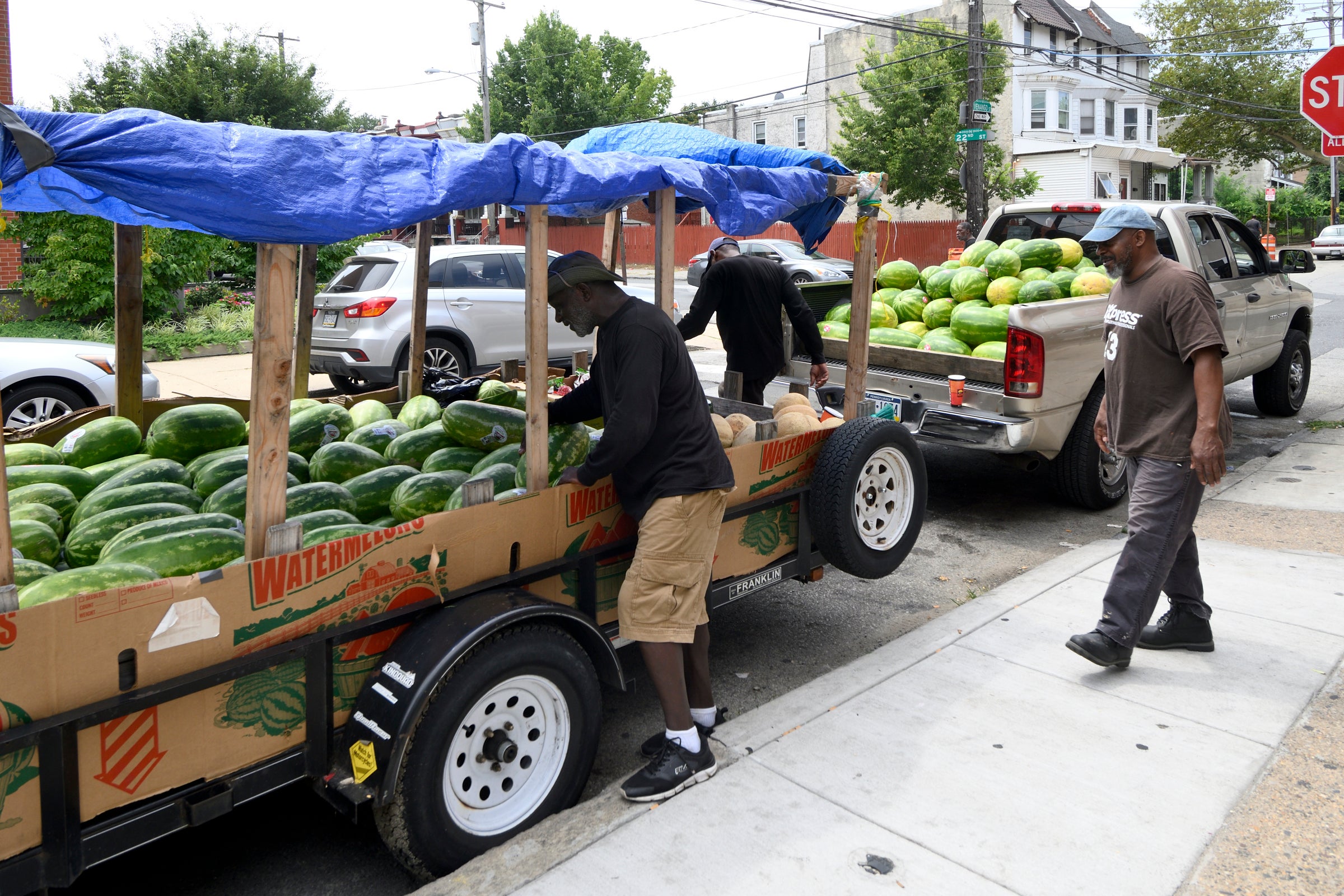
Over time — combined with the physical toll of living in poverty and constantly having to make ends meet — a bad diet can shave years off your life, said Moore.
“If you don’t put the right stuff in the car, it’s gonna fail. The human body is similar to that. If we put the right stuff in our bodies, we’ll get more out of it,” he said.
In West Mount Airy, a leafy, well-heeled neighborhood not far from Nicetown-Tioga, the life expectancy for men is 77.3, four years higher than the city’s average and a more than a decade higher than in Moore’s neighborhood.
Martin Carrion thinks a lot of it comes down to access to health care.

“Many people who live in West Mount Airy are probably employed in jobs that give them benefits and access to health care, and one thing you do get is preventative care. That contributes to life expectancy,” Carrion said before heading to Weavers Way Co-op, an independently owned food market featuring fresh produce and a wide array of healthy options.
He’s not wrong.
Roughly 7% of West Mount Airy residents don’t have health insurance. Nearly 18 percent of Nicetown residents are uninsured.
“Close to Home” does not offer specific solutions to bridging the health gap in the city, but it does include general recommendations for policy-makers. They include raising the minimum wage; reducing the oversupply of unhealthy products, including tobacco and alcohol; increasing access to primary-care doctors, and improving access to affordable housing.
“We have to start to think about Philadelphia, not as a whole, but being about the neighborhoods in which people live and how we can impact change in those neighborhoods,” said Washington.
WHYY is your source for fact-based, in-depth journalism and information. As a nonprofit organization, we rely on financial support from readers like you. Please give today.



